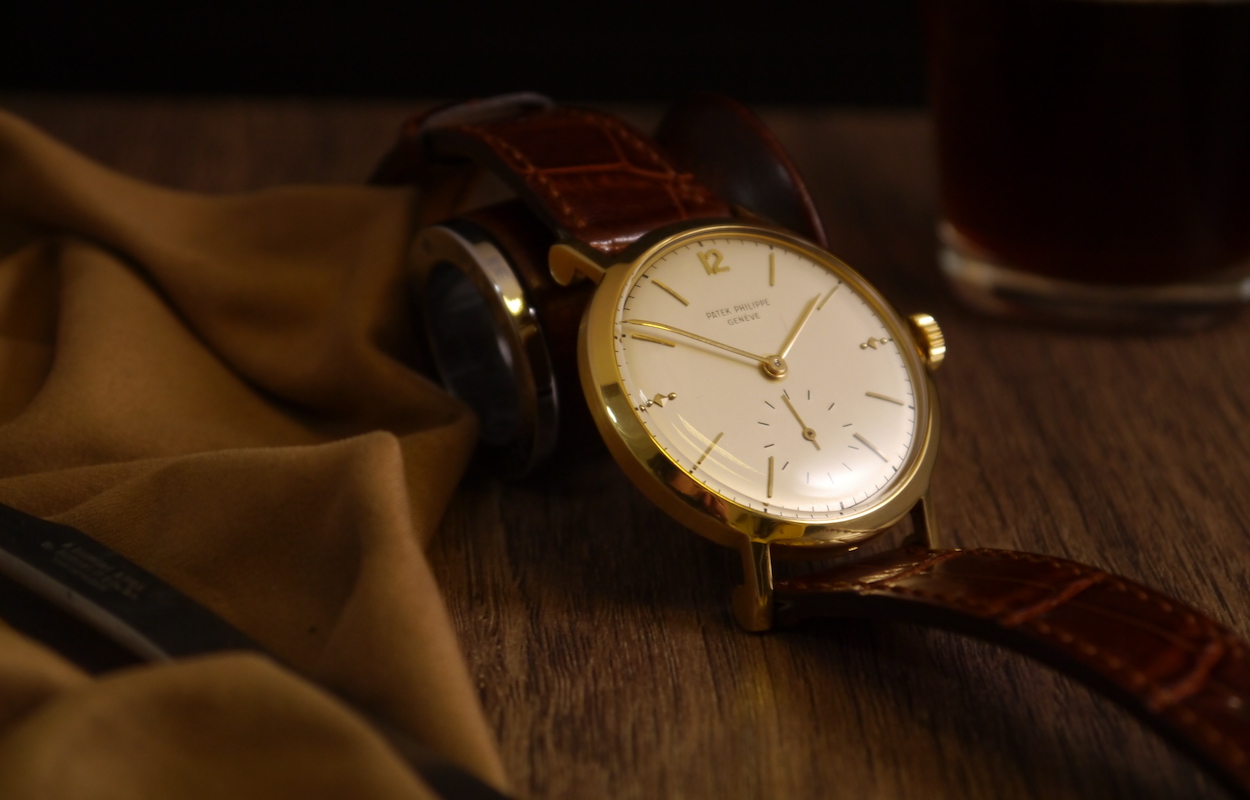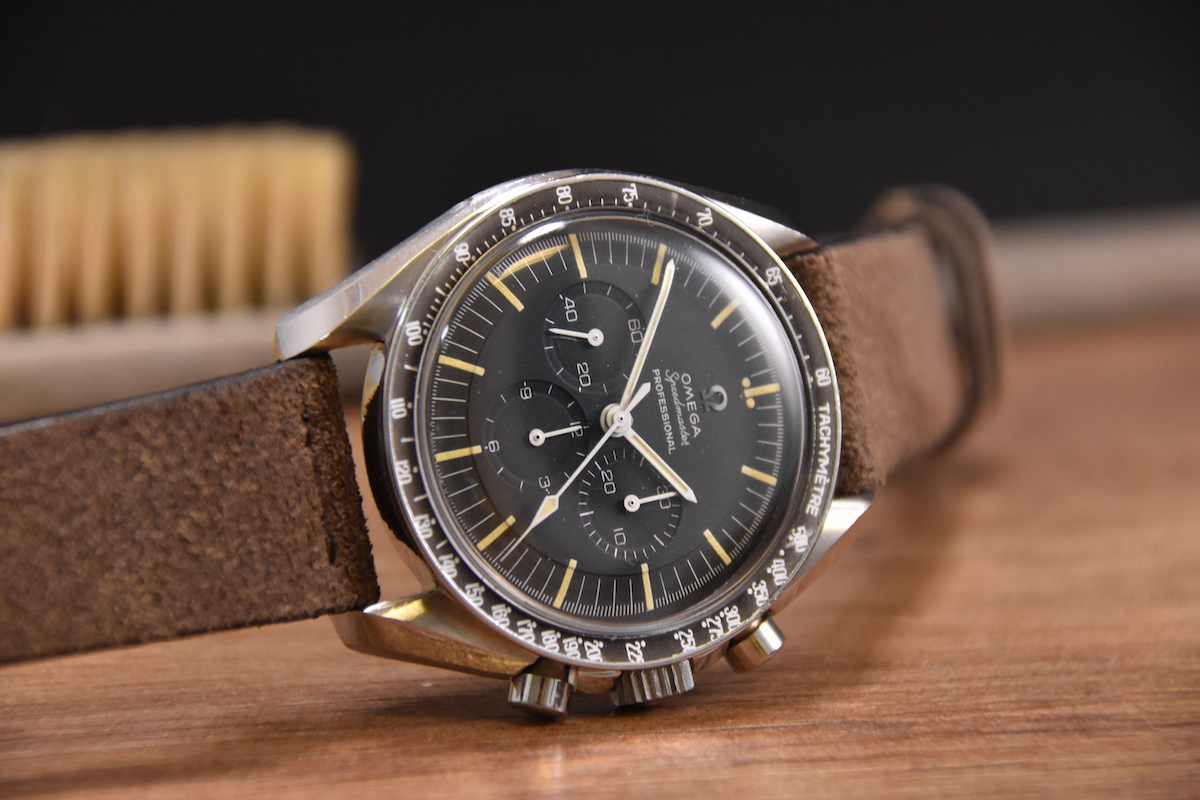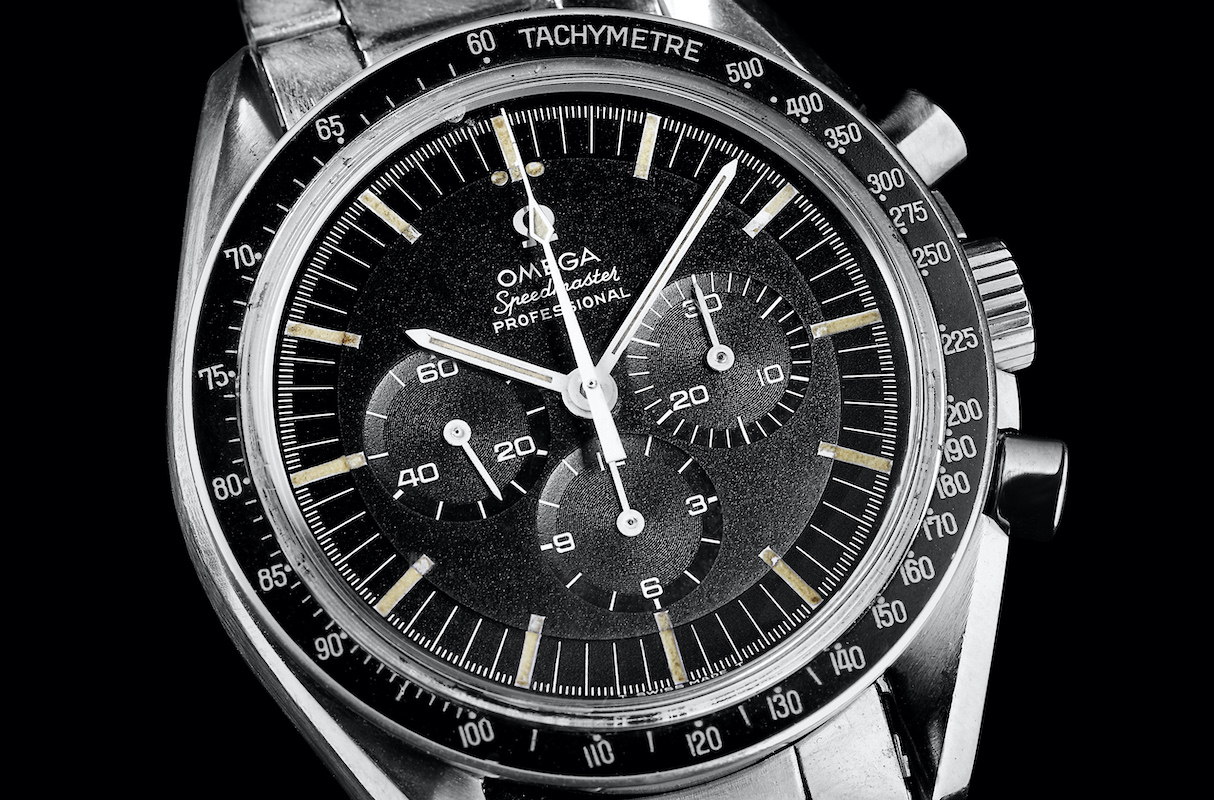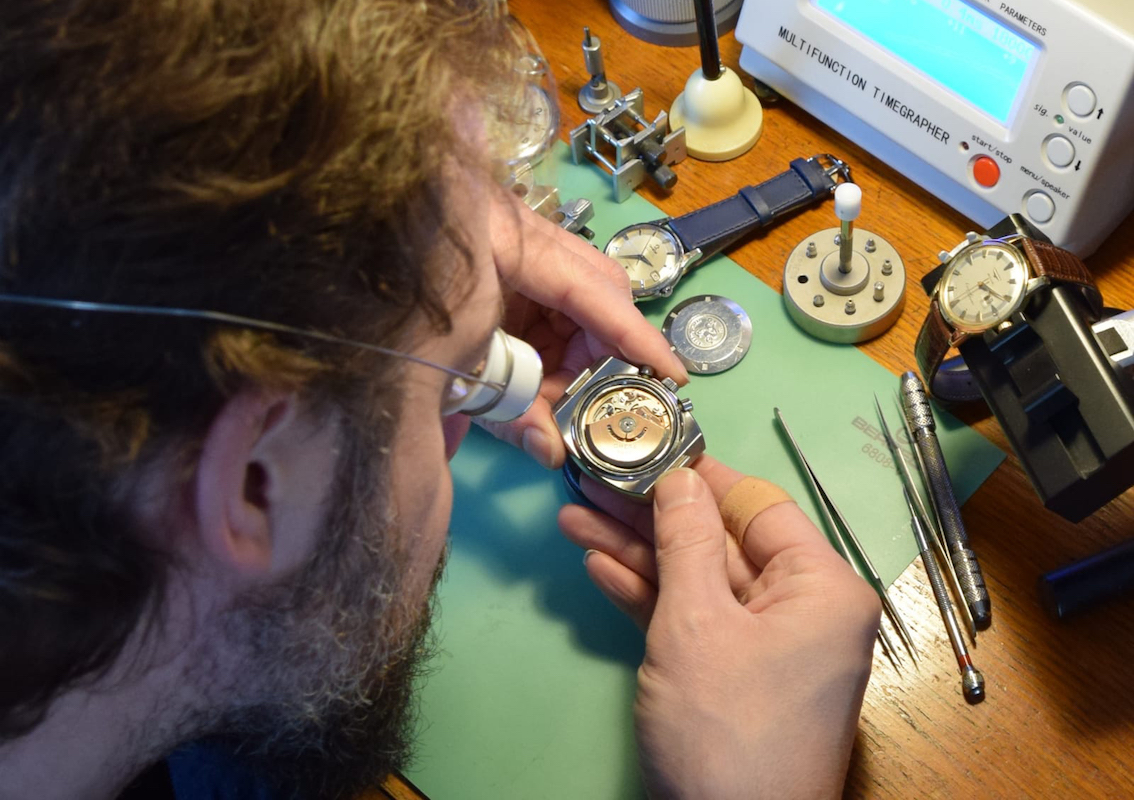This website uses cookies so that we can provide you with the best user experience possible. Cookie information is stored in your browser and performs functions such as recognising you when you return to our website and helping our team to understand which sections of the website you find most interesting and useful.
London’s foremost vintage watch specialists tell us why timeless timepieces have seen a revival
By Chantelle Billson | 16 February 2021 | Lifestyle, Style
Some of the biggest names in horology give us invaluable insight into the must-have models

A new passion for pre-owned and vintage watches has recently emerged among enthusiasts and collectors alike. Not only do collectors relish rare vintage pieces, perfect for handing down as heirlooms, but a pre-owned watch allows you to continue the narrative and lifespan of a timepiece’s exceptional craftsmanship while its built-in character, which only time can design, gets better with age.
“The trend of collecting wristwatches has only happened within the last 20 years. Before this everyone used to collect pocket watches,” says Daniel Somlo (pictured above), executive director of family-run Somlo London. The prestige watch boutique, established in 1977 and located in Burlington Arcade, specialises in the sale and repair of vintage watches made prior to 1970.
“Vintage is so special because [the watch] has lived its own life, it has character, and there won’t be an identical watch anywhere in the world. The number of people who find their grandfather’s Omega rattling around in a drawer after 50 years, and after a few winds it works perfectly. I promise you, if you do that to a watch made today it will not happen.”
Although the date of manufacture will tell you whether a watch is vintage, for collectors looking for an investment piece, there are a few expert tips that will give you a much better chance of unearthing a treasure that will gain value with age.

“You can get a watch that was made 60 years ago and got sent in for a service 30 years after it was purchased, and the watchmakers thought the dial looked oxidised so changed it for a new version,” says Somlo. “That’s all great at the time, but that watch will be worth a fraction of what the original dial would have been. In fact, perhaps surprisingly, watches with a ‘tropical dial’ defect [sunlight discolouration of a black dial], commonly seen in Rolex and Omega watches, are more valuable than those without.”
Jonathan Griffiths, manager and head watchmaker at Farringdon’s Antique Watch Co, agrees. “Ideally, what you’re looking for is a piece that has undergone as little restoration as possible. Originals will be collectable and will hold value better,” he says. “But vintage watch dials and faces are fragile and can break down upon touch, so cleaning them isn’t always an option. The dial is the first thing that greets you, so extensive care and attention must be paid to preserve it.”
Although investing in vintage horology can be a risky business, there are some iconic timepieces that never go out of style. Somlo recommends the Omega Speedmaster 1967 as “one of the most iconic and collectible chronographs ever made”. The first Speedmaster debuted in 1957, and an exclusive NASA-approved version was worn by astronaut Buzz Aldrin during the first moon landing in 1969.

Collectors who appreciate timeless design must own a Cartier Tank. First made in 1919, the production of the original Tank was a limited edition of just six – making the originals highly sought after. “I don’t think there’s another example of a watch that was produced in such small numbers, for a minuscule niche clientele, which is now a worldwide phenomenon and one of the most recognised watches globally,” he says.
Somlo also recommends the Patek Phillippe Calatrava 1932, which today remains the essence of a prestigious dress watch, and the Rolex Submariner. “Original Submariners from the 50s are the most collectable and can cost over £100,000. If you’re looking for a more wearable version, opt for the 60s or 70s Submariners,” he says.
Somlo and Griffiths agree that the resurgence of interest in vintage watches is down to their rarity and reliability, but also the evolution of style and how we shop. Griffiths says: “The main trend I have observed is the influence that social media has had on the watch industry. It’s shaping the trends and the way in which people are choosing to find and buy timepieces.”

“Fifteen years ago, watch design was very different, says Somlo. “Watches were bigger and glitzier. A lot of modern watch design has veered toward vintage styles, with designs getting more refined and demure. David Beckham used to wear the big Jacob & Co iced-out watches, and now he wears minimalistic vintage.”
While the craftsmanship and unique history held in each vintage timepiece is an allure of its own, so too is the potential for return on investment. How can collectors balance these considerations? For Somlo, the answer is simple. “The best advice we give to people is to buy something that you love. The worst thing that can happen is that it goes down in value, but you will have something you will always adore, cherish and enjoy.”







